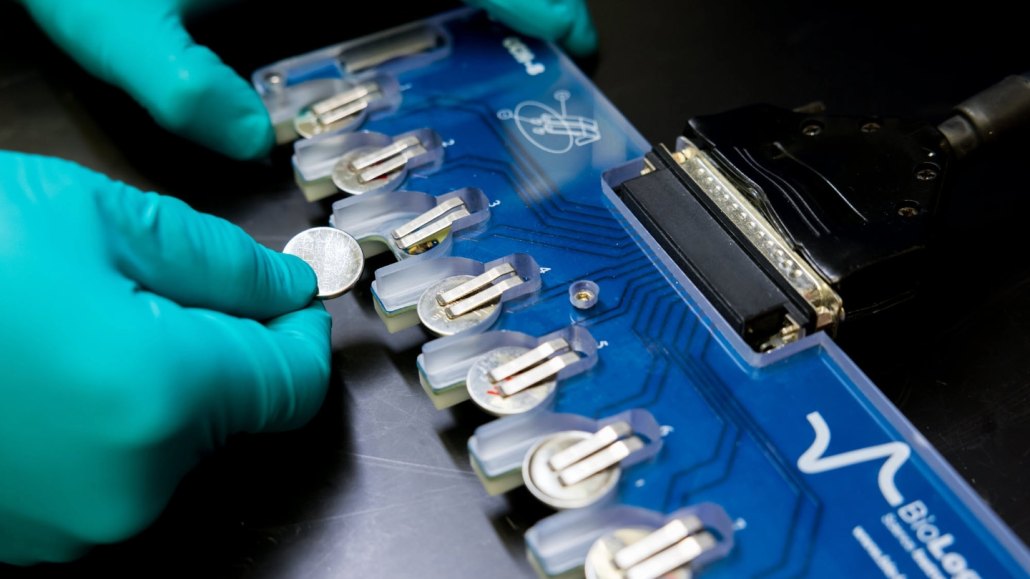
Tech
Artificial intelligence helped design a new type of battery
Supercomputing and AI cut the early discovery steps from decades to just 80 hours. The process led to a new solid electrolyte.
Come explore with us!

Supercomputing and AI cut the early discovery steps from decades to just 80 hours. The process led to a new solid electrolyte.

The sun creates energy through nuclear fusion. Now scientists have too. This achievement raises hopes for developing a new type of clean energy.

Most people know solids, liquids and gases — but what about the four other states of matter?

Energy, mass and the cosmos' structure evolved a lot over the past 13.82 billion years — much of it within just the first second.

Learn why these terms aren’t the same and which to use where. And should you report your results in kilograms? Pounds? If in doubt, try using newtons.

Data show a major class of long-used “eco-friendly” copper chemicals unexpectedly react with soil, making gases harmful to Earth’s protective ozone layer.

An electrode’s name depends on the circumstances. Confused? It may help to consider which electrochemical reaction is natural — and which is not.

When atoms get an electric charge, they act very differently. Now called ions, these are behind many aspects of chemistry, including acids and batteries.

Snot oozed by a marine tube worm can glow for up to 3 full days. The secret of how this works might lead to long-lasting lights that glow on and on.

Microbes can live in a hydrogen atmosphere. This points to new space worlds that host alien life.